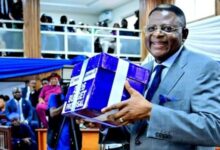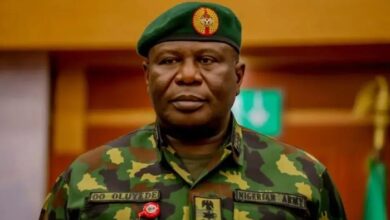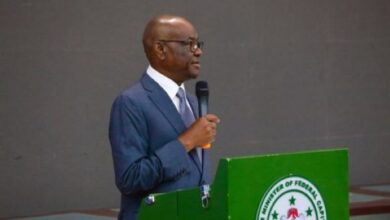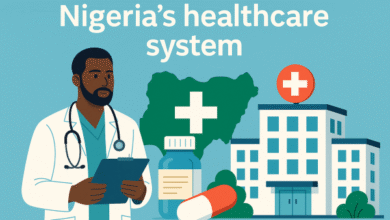Lagos Braces for Traffic Disruptions as 110-Day Axial Bridge Repairs Begin May 6

Lagos, Nigeria’s commercial nerve centre, is once again on the cusp of a traffic reckoning as the Lagos State Government announces a comprehensive diversion plan for emergency repairs on the Oworonshoki/Third Axial Bridge, set to span a grueling 110 days from May 6 to September 23.
At the heart of this development lies a broader question that has dogged Lagosians for decades: Can Africa’s largest megacity modernise its ageing infrastructure without paralyzing its economic arteries?
The answer, for now, seems to be “not without severe short-term pain.”
8 Phases, 2 Directions, One Nightmare
According to Transport Commissioner Oluwaseun Osiyemi, the critical rehabilitation project will be executed in eight carefully sequenced phases across both carriageways:
- Phases 1–4 (May 6 – July 14): Focused on inbound traffic from Oworonshoki to 3rd Mainland Bridge
- Phases 5–8 (July 15 – Sept 23): Targeting outbound traffic from 3rd Mainland Bridge to Oworonshoki
Osiyemi detailed a complex diversion blueprint, involving a spiderweb of arterial roads and interchanges — from Ojota Slip Road, Anthony Ramp, and Funsho Williams Avenue, to the well-worn corridors of Eko Bridge, Maryland, and Gbagada. Affected motorists are expected to adjust their routes based on origin and destination, often adding extra time, fuel costs, and stress to their daily commute.
Economic and Human Cost: What’s at Stake
This isn’t just a traffic advisory; it’s a crucial stress test for Lagos’ transportation matrix and a high-stakes balancing act for Governor Babajide Sanwo-Olu’s administration, which faces increasing pressure to deliver infrastructure renewal without strangling economic productivity.
The Third Axial Bridge is a pivotal link in the Lagos transport grid, funnelling thousands of vehicles daily between the mainland and Island commercial hubs. Every minute lost to congestion costs the city millions in man-hours, fuel burn, delivery delays, and logistics bottlenecks — and those costs trickle downstream to everything from market prices to health emergencies.
Lagosians remember the chaotic fallout from the Third Mainland Bridge repairs in 2020, which saw small businesses bear the brunt of commuter disruptions. With inflation still hovering and the naira fragile, the timing couldn’t be worse.
Political Optics: A City Under Construction or in Perpetual Disrepair?
To the State Government’s credit, the decision to proceed with phased maintenance of the axial bridge suggests an attempt to balance development with disruption mitigation. Yet, there’s growing public sentiment that Lagos lives in a constant state of construction fatigue — where “palliative” works rarely lead to long-term mobility solutions.
The question on many lips: Where is the integrated vision for sustainable, multimodal transit?
Osiyemi has promised that LASTMA officers will be deployed in full force to ease bottlenecks and guide commuters. But critics argue that traffic management can only go so far when underlying road networks lack redundancy and resilience.
Wider Implications: Governance, Urban Strategy, and Investor Confidence
For a state touting itself as West Africa’s investment magnet, Lagos must grapple with what these repeated infrastructure shutdowns signal to both local investors and global partners. Can a megacity poised to rival Johannesburg or Nairobi afford to leave its economic corridors so vulnerable?
As the Fourth Mainland Bridge project remains a blueprint, and rail alternatives crawl toward execution, the current ordeal underscores an urgent need for bold transit reimagination — not just reactive repairs.
\
Finally…
Governor Sanwo-Olu’s team must not only fix bridges — it must build public trust. Lagosians are watching closely, not just to see if traffic flows, but if governance can too. The administration will be judged not merely by the quality of repairs, but by the clarity of vision and empathy in execution.











